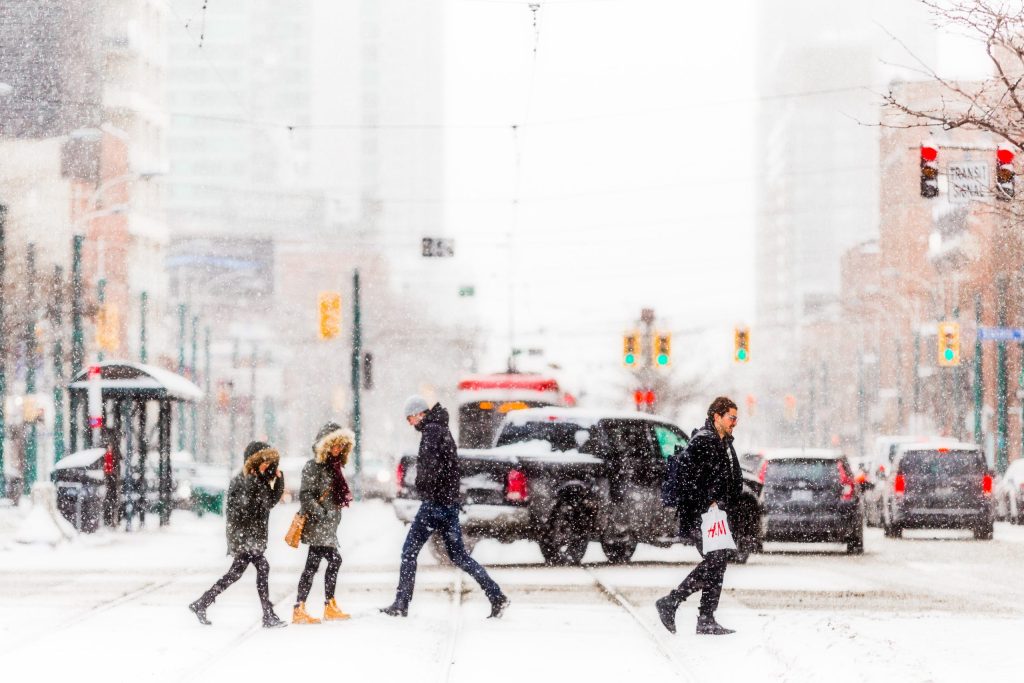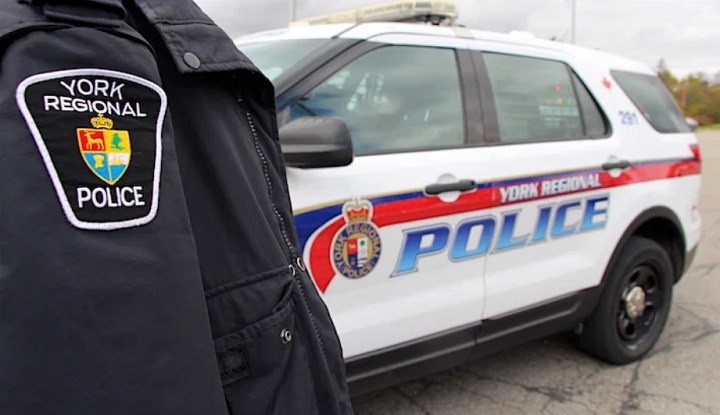Hydro-Quebec archeologists dig for traces of 1847 Irish typhus victims
Posted November 21, 2017 10:53 am.
Last Updated November 21, 2017 11:40 am.
This article is more than 5 years old.
MONTREAL – The muddy, rectangular trenches carved into the asphalt of a mostly empty Montreal parking lot offer little to suggest they sit on the site of a tragedy.
But in 1847, the flat piece of land just west of the St. Lawrence River was a stopping point for tens of thousands of Irish immigrants who contracted typhus on the overcrowded ships they boarded to flee famine in their home country.
Some 6,000 of them died in the makeshift hospitals that were erected along the riverbank, with many buried in hastily dug trenches nearby.
Hydro-Quebec, which purchased the land in July, has begun an archeological survey to search for remnants of the so-called “fever sheds” as well as traces of human burials.
Earlier this month, the company and archeology firm Ethnoscop began digging seven 10-by-three-metre test trenches as part of the first stage of surveying.
The work involves boring down through the debris of Montreal’s past, including a football stadium first erected for Expo 67, a former neighbourhood, and equipment left behind from workers who built the nearby Victoria Bridge.
“We’ve had to peel off all these layers to see if the old stuff is still there,” explained Hydro-Quebec archeologist Andre Burroughs on a recent tour of the site.
To discover where to dig, Burroughs and his team consulted historic maps, comparing them to current images to determine the location of the fever sheds.
Part of the challenge was to locate the original shoreline of the St. Lawrence, which has since shifted some 400 to 500 metres due to human activity.
A few weeks in, they’ve found only fragments from the era of mass arrivals: nails, dishes, what may be a glass flask, a toy spinning top.
They haven’t seen skeletal remains — only traces of lime, which was sprinkled on graves at the time to speed decomposition, according to historical accounts.
Burroughs says the findings so far line up with the company’s research, which suggests most of the bodies were buried a few metres further south, under a three-metre-tall engraved boulder that currently sits in a highway median.
That stone, known as the Black Rock, was placed there as a memorial in 1859 after workers building the Victoria Bridge accidentally unearthed a number of Irish graves.
“We know that there are patches of that (1847) layer that are left, but one of the objectives is to make sure the burial sites didn’t overflow on this plot,” Burroughs said.
The archeological survey was initiated partly at the behest of Montreal’s Irish community, which tried unsuccesfully to buy the land to create a memorial park.
When the purchase was announced, Hydro-Quebec promised to dig the area and allocate some space for the park when they build their new substation.
Despite his disappointment at failing to secure the land, one member of the the Irish-Montreal community says there’s strong interest in learning what Hydro-Quebec finds.
“It’s something we’ve always wanted to do, because there’s always been a curiosity: are there any bodies under the parking lot?” said Fergus Keyes, co-founder of the Montreal Irish Memorial Park Foundation.
By the end of the summer of 1847, so many people had died they had to be buried dozens at a time in mass trenches, he said.
“They were running out of coffins, running out of space, and running out of volunteers to bury them,” said Keyes.
He believes there’s a good chance Hydro-Quebec may come across some of those graves, either now or during a later phase of construction.
If it does, the utility has indicated it favours the approach of leaving the remains undisturbed if possible.
Keyes wonders whether some of the artifacts from the site could be integrated into the future memorial park.
He believes the project is important to Montrealers of all backgrounds.
The epidemic, he points out, claimed not only Irish lives but also those of priests, French-Canadian nuns, British soldiers and even the city’s mayor, who all contracted the illness after nursing the sick.
“They knew that going to help those Irish could be a death sentence, and it didn’t stop them,” he said.
“Pretty much every language and cultural group sent representatives to help the Irish.”








